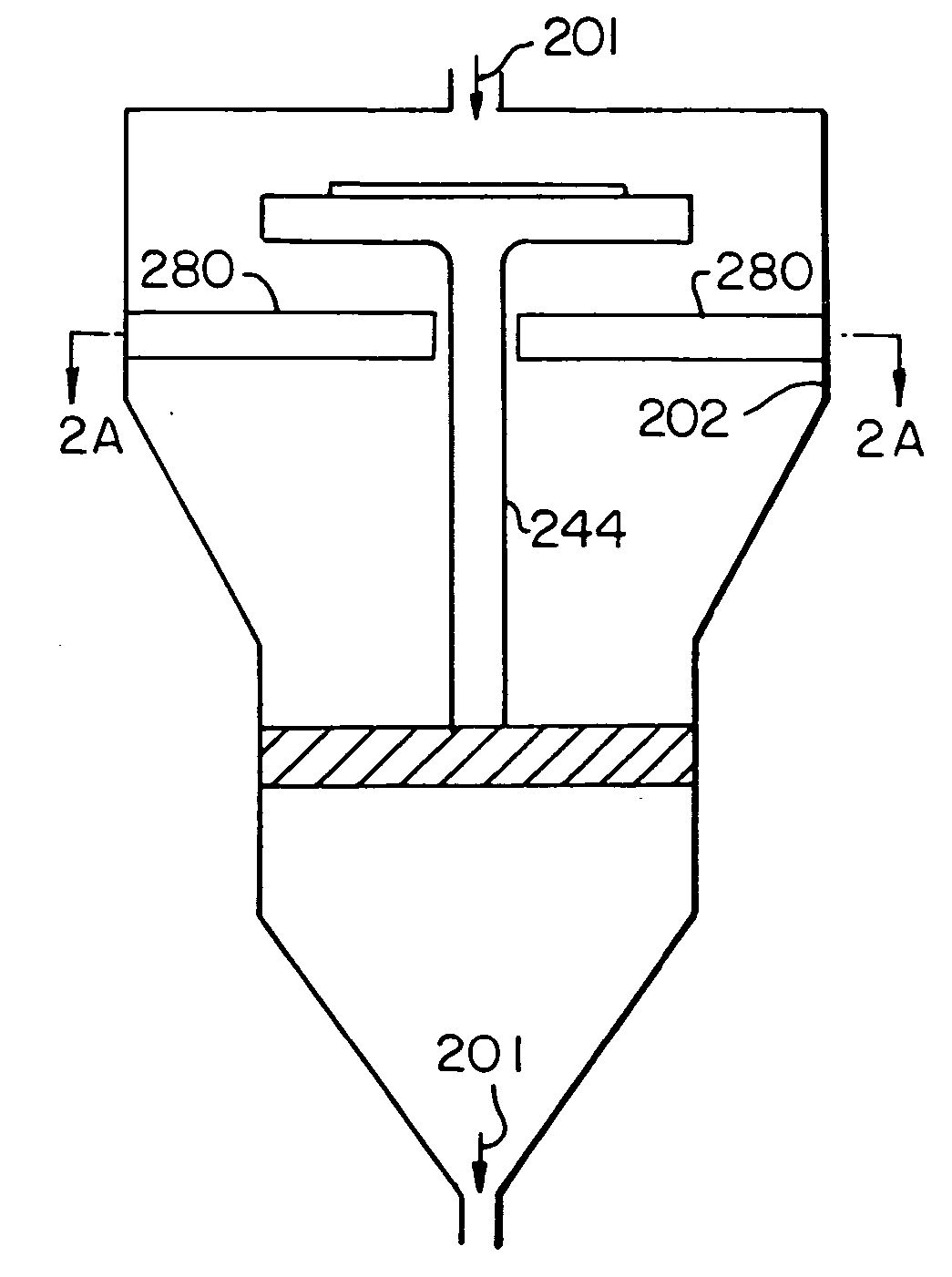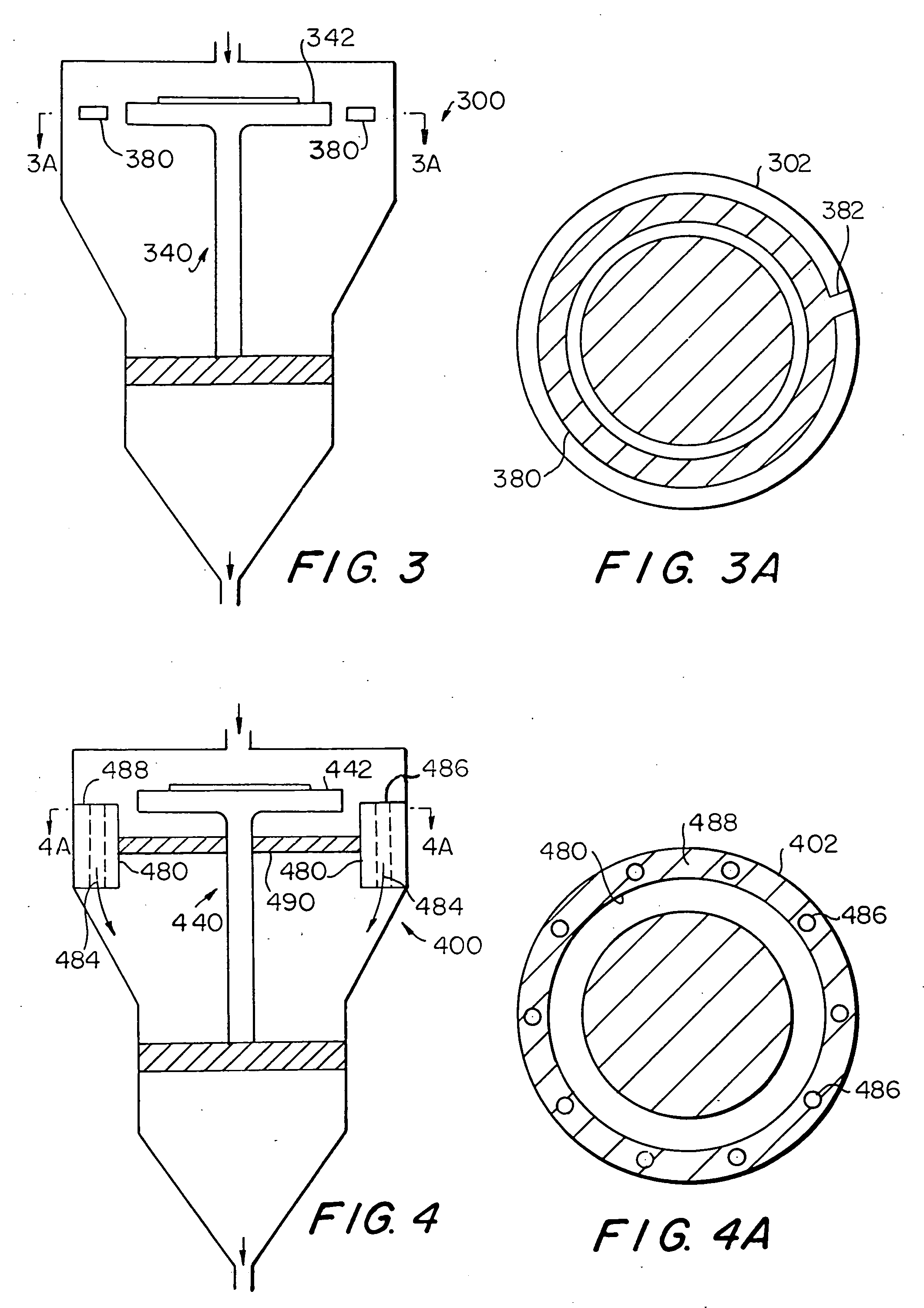Insitu post atomic layer deposition destruction of active species
a technology of active species and atomic layer, which is applied in the direction of coatings, chemical vapor deposition coatings, semiconductor devices, etc., can solve the problems of affecting the throughput of the reactor, and achieve the effect of improving throughput and reducing the purge time of active species
- Summary
- Abstract
- Description
- Claims
- Application Information
AI Technical Summary
Benefits of technology
Problems solved by technology
Method used
Image
Examples
Embodiment Construction
[0038] Atomic layer deposition (ALD) processes are used to grow multi-layered thin films for use in a variety of semiconductor fabrication applications. Such applications include DRAMs, SiO2 dielectrics, and gate dielectrics. In typical ALD processes, pre-cursor gases enter a reactor one at a time via one or more gas inputs. Pre-cursor gases used in ALD are often chosen for their self-regulation properties with respect to growth. In some ALD systems, one of the pre-cursors is or includes an active species. For example, in a system to grow aluminum oxide, pre-cursors of trimethylaluminum (TMA) and ozone (ozone includes O3, O2, and O*) are alternately entered into a chamber. Ozone includes the active species O3 and O*.
[0039] When a pre-cursor gas reacts with a substrate inside the reactor, a portion of the pre-cursor gas saturates the substrate forming a monolayer of atoms on the substrate. After the pre-cursor gas reacts with the substrate, the pre-cursor and active species (if any)...
PUM
| Property | Measurement | Unit |
|---|---|---|
| temperature | aaaaa | aaaaa |
| temperature | aaaaa | aaaaa |
| temperature | aaaaa | aaaaa |
Abstract
Description
Claims
Application Information
 Login to View More
Login to View More - R&D
- Intellectual Property
- Life Sciences
- Materials
- Tech Scout
- Unparalleled Data Quality
- Higher Quality Content
- 60% Fewer Hallucinations
Browse by: Latest US Patents, China's latest patents, Technical Efficacy Thesaurus, Application Domain, Technology Topic, Popular Technical Reports.
© 2025 PatSnap. All rights reserved.Legal|Privacy policy|Modern Slavery Act Transparency Statement|Sitemap|About US| Contact US: help@patsnap.com



